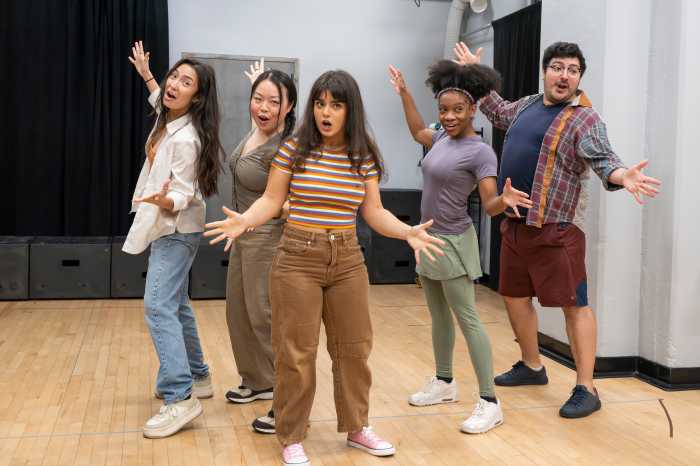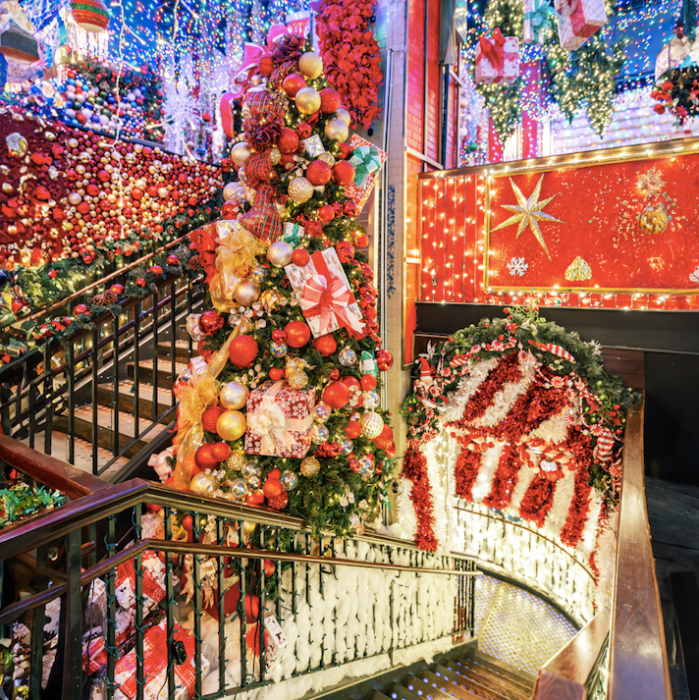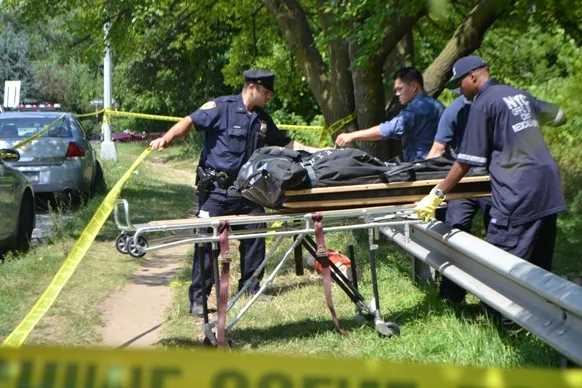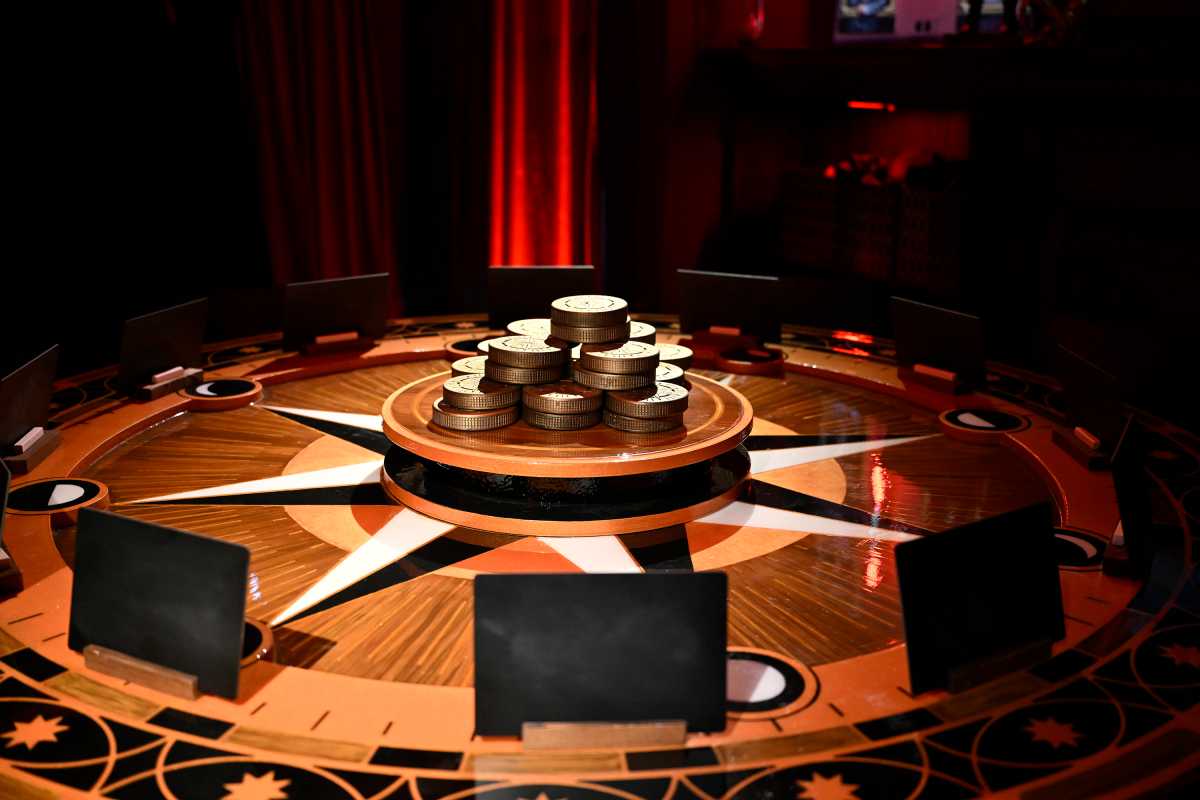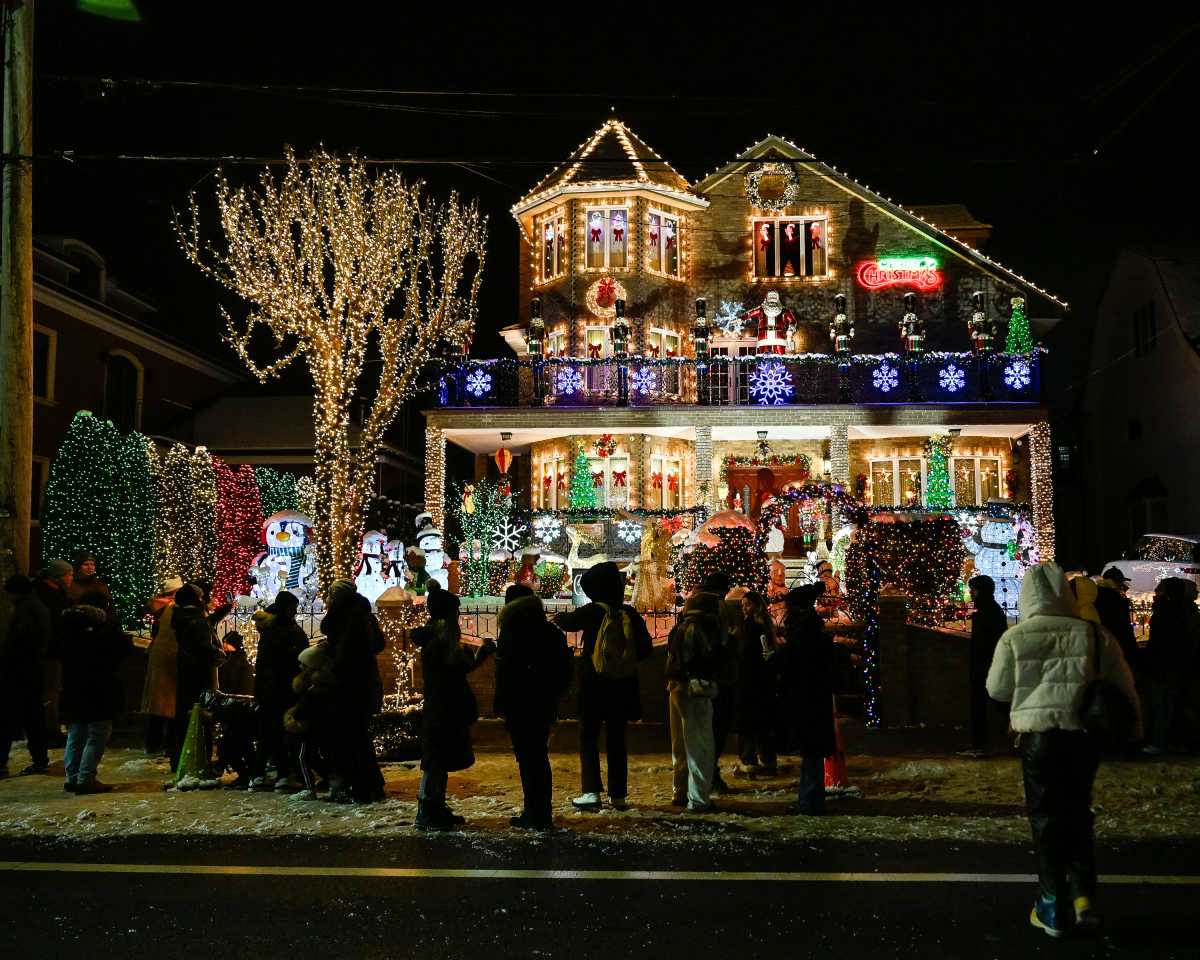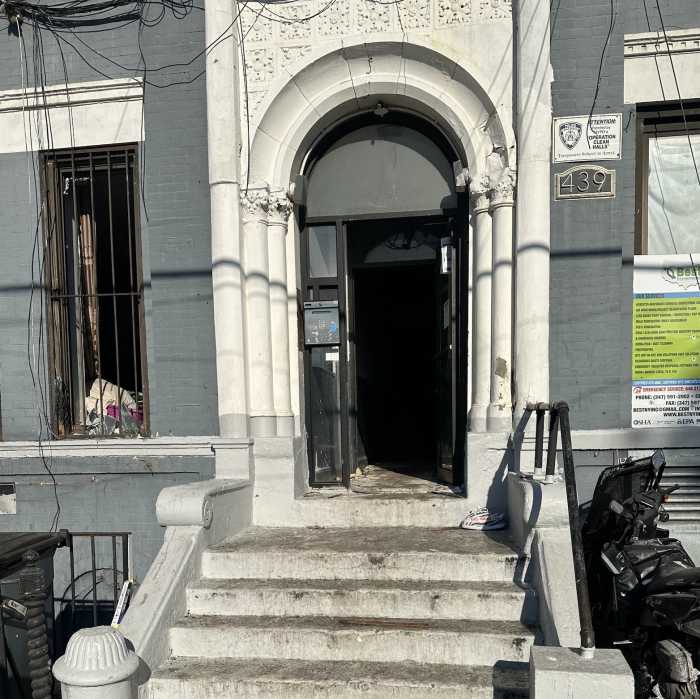Until recently, college student athletes were not compensated for their Name, Image and Likeness (“NIL”). Without appropriate guidance, athletes have decided to take matters into their own hands, including transferring schools sometimes multiple times, seeking greater NIL payouts and better financial compensation.
While permissible, the NIL landscape remains unsettled. A recent decision in Mario Chalmers, et al. v. NCAA (SDNY 24 Civ. 5008) and the forthcoming potential settlement of the House v. NCAA (NDCA 20 Civ. 03919) should inform and guide athletes, institutions, and the NCAA how to best navigate this ever shifting landscape.
In Chalmers, former college and professional athlete Mario Chalmers brought a lawsuit against the National Collegiate Athletic Association (NCAA) with 16 former student athletes who played college sports before June 15, 2016.
The plaintiffs in Chalmers claimed violations of the Sherman Antitrust Act and unjust enrichment under New York State Law. The heart of the claims was that the NCAA colluded with its conferences to violate antitrust laws by forcing student athletes to enter into agreements forcing them to forgo NIL compensation for their college playing career. This enabled the NCAA to collect revenues that allegedly rightfully belonged to the plaintiffs. The NCAA moved to dismiss the lawsuit. The court found that plaintiffs’ claims were, among other things, time barred. This demonstrates how difficult it is for former athletes to seek NIL compensation, especially in this instance, with the Chalmers plaintiffs having played between 1994 and 2016.
In House v. NCAA, a college swimmer and basketball player filed a lawsuit seeking damages for using their NIL; and an injunction forcing the NCAA and its conferences to lift restrictions on the college athletes’ ability to profit off of their own NIL. Reportedly, the parties have reached a settlement in the amount of $2.8 billion to be paid to current and former Division I athletes who were restricted in profiting from their NIL between 2016 and 2024. The settlement would also allow for schools to engage in direct revenue sharing with its student athletes. It is anticipated that the court will approve the class action settlement.
While unsuccessful in Chalmers, potential beneficiaries of NIL monies are eagerly hoping for the settlement in House. If approved, the House settlement would compensate athletes and install structure to guide the NCAA, its conferences, and collegiate institutions in their implementation and payment of NIL going forward.











